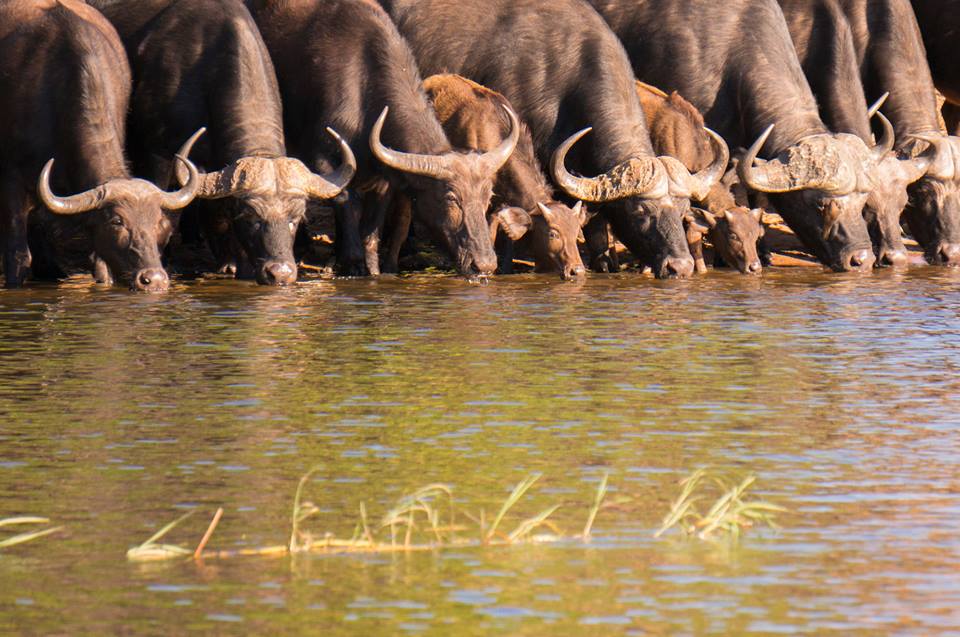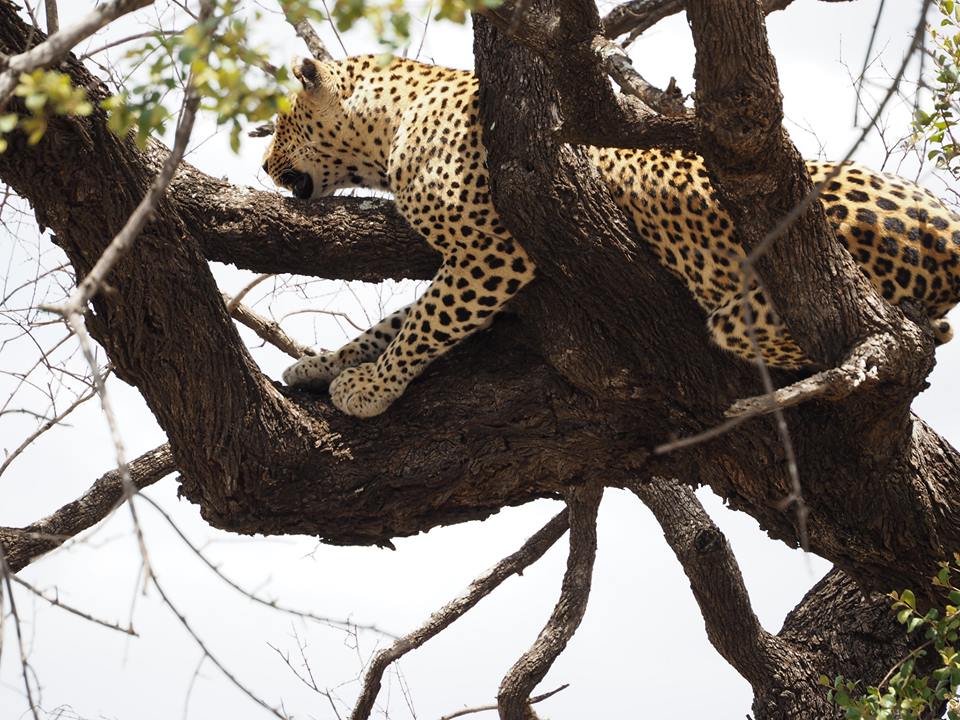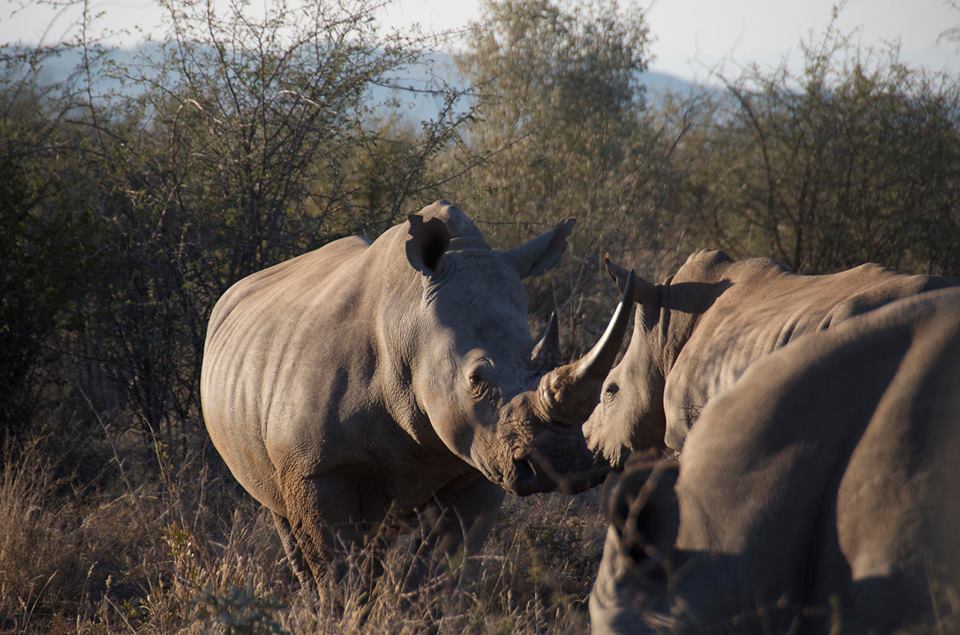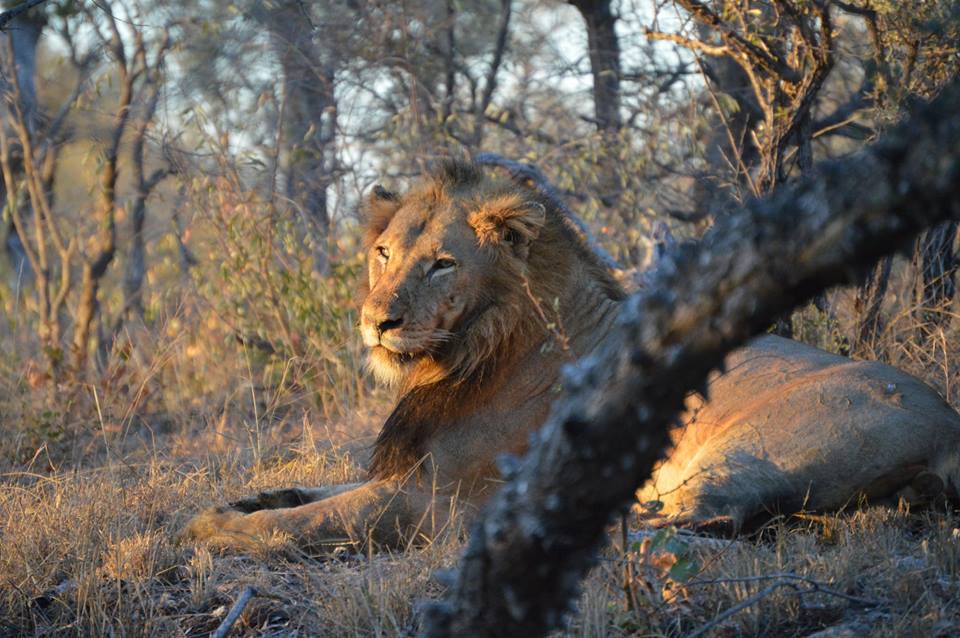The term "Big Five" – what it really means.
- by Jana Meyer
- •
- 18 Nov, 2018
- •
I bet you all know the term "Big Five", but do you where it comes from?
The term “Big Five” originally referred to the difficulty in hunting the lion, leopard, rhino, elephant and African buffalo. These five large African mammal species were known to be dangerous and it was considered a feat by trophy hunters to bring them home.
Today, however, the expression takes on a gentler form, referring to seeing the Big Five during a safari – luckily not shooting them.
With these 10 facts about the Big Five you can score on your next safari 😉
1. Buffalo’s primary predator is the lion. Buffalo will try to rescue another member who has been caught. They have been observed killing a lion after it has killed a member of the group.
2. Buffalos are known to use attack as a method of defense and often circle back on their assailants. They apparently have excellent memories and will ambush hunters who they have encountered before.
3. Leopards are excellent at climbing trees. They’ll often safeguard their kill in a tree to prevent lions and hyenas from stealing it. They are also strong swimmers and occasionally eat fish and crabs.
4. Unlike lions, leopards are anti-social loners. These solitary cats avoid interacting with each other beyond mating and raising young cubs.
5. Elephants can get sunburnt! They throw sand on their backs and heads to prevent sunburn and keep insects off their skin. Their skins are incredibly tough, but they can also feel a tiny insect walking on their skin!
6. Baby elephants are born almost blind and some individuals suck their trunks for comfort, similar to the way young humans suck their thumbs.
7. Rhinos have poor vision and will sometimes attack trees and rocks by accident. However, their hearing and sense of smell are excellent, thus often making up for their poor eyesight.
8. The rhino is the most endangered species of the Big Five. The illegal trade is being driven by an Asian demand for horns, made worse by increasingly sophisticated poachers who are now using veterinary drugs, poison, cross bows and high caliber weapons to kill rhinos. Very few rhinos now survive outside national parks and reserves. This is also why we support Hoedspruit Endangered Species Centre, which focuses on conservation and the sustainability of rare animal species like rhinos.
9. The darker a lion’s mane, the older he is.
10. These cats are loud: a lion’s roar can be heard up to 5 miles (8km) away, enabling them to communicate with each other over large distances. The males roar more loudly and more frequently, usually to declare territory, call stray members of the pride and ward off rivals. Females call their cubs with quiet roars and also roar for backup when under threat.





























































































































































































































